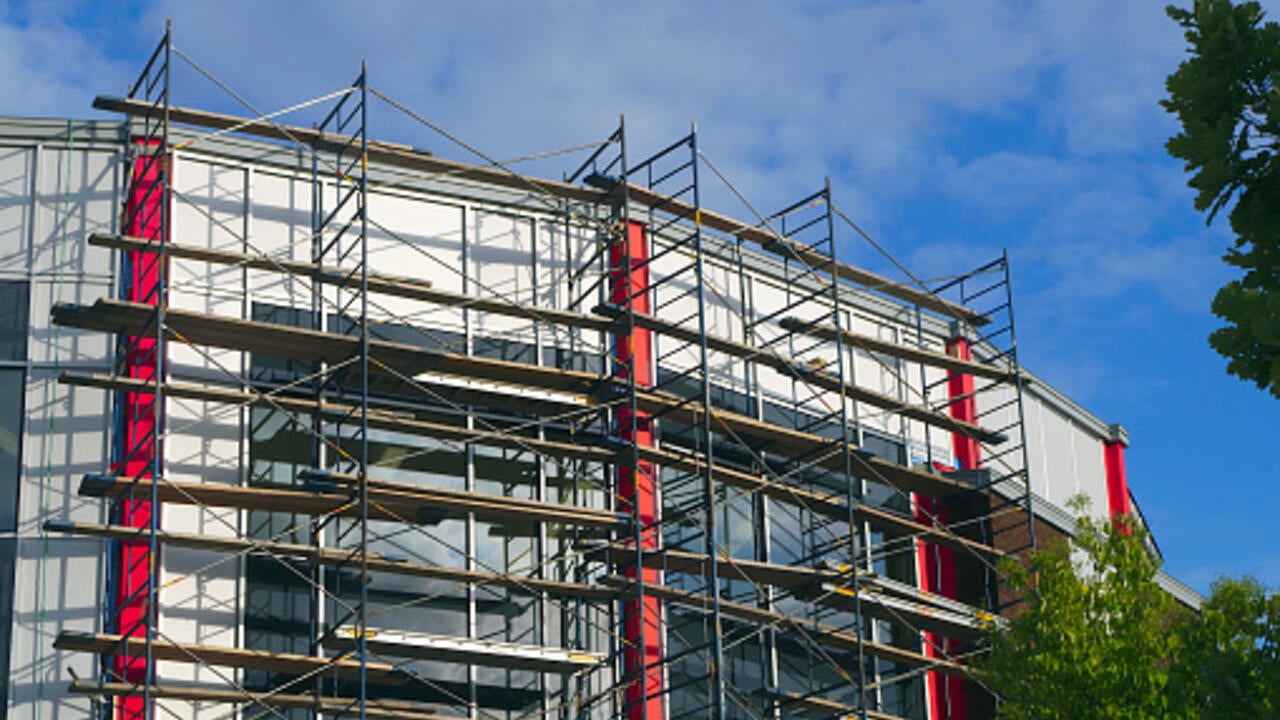
'We're playing Moneyball with building assets'
New tool uses AI to target smarter repairs with limited funds

New tool uses AI to target smarter repairs with limited funds
By Media RelationsResearchers have developed a tool to help governments and other organizations with limited budgets spend money on building repairs more wisely.
The new tool uses artificial intelligence (AI) and text mining techniques to analyze written inspection reports and determine which work is most urgently needed.
“Those assessments are now largely subjective, the opinions of people based on experience and training,” said Kareem Mostafa, an engineering PhD student at the University of Waterloo who led the project. “We’re using actual data on buildings to make spending decisions more objective.”
Researchers looked at inspection reports on the roofs of 400 schools managed by the Toronto District School Board. A computer model was developed to search the one- to two-page reports for about 30 keywords, including words such as ‘damage’ and ‘leaks.’
By analyzing the frequency of the keywords, plus factors including the age of roofs, the AI software divided the schools into four categories based on the urgency of repair or replacement. The goal was to give the school board an objective way to target its limited funds, speeding up the assessment process and helping it spend money where it makes the most sense.
“We’re playing Moneyball with building assets,” Mostafa said. “By using data on buildings instead of opinions, our model also takes potential political headaches out of the process.”
Although the software was developed to assess the need for roof repairs, it can be tweaked to help prioritize other kinds of work for organizations with budget limitations and many buildings to maintain.
Mostafa is also working to incorporate other kinds of data, including AI analysis of photographs, into the assessment model.
Tarek Hegazy, a professor of civil and environmental engineering at Waterloo, and Ahmed Attalla, a project manager with the school board, collaborated on the study.
A paper on their work, Data mining of school inspection reports to identify the assets with the top renewal priority, appears in the Journal of Building Engineering.

Read more
Here are the people and events behind some of this year’s most compelling Waterloo stories

Engineering master's student Nayeema Nonta (left), one of the three paper authors, and her supervisor, Dr. Sirisha Rambhatla, in a large server room with the computer power needed to develop their new LLM training technique. (University of Waterloo)
Read more
Waterloo researchers develop highly efficient AI training system that paves the way for cheaper, greener “intelligent partners”

Read more
Engineering researchers team up to tackle the plastics pollution problem with microbial innovation and engineering design
The University of Waterloo acknowledges that much of our work takes place on the traditional territory of the Neutral, Anishinaabeg, and Haudenosaunee peoples. Our main campus is situated on the Haldimand Tract, the land granted to the Six Nations that includes six miles on each side of the Grand River. Our active work toward reconciliation takes place across our campuses through research, learning, teaching, and community building, and is co-ordinated within the Office of Indigenous Relations.